As protests gather in masses across the United States, demanding that the country be open again, many Coronavirus deaths are posted every night on news outlets and social media platforms.
The voices of those shouting for safety are becoming drowned out by a government that hears only voices accompanied by the rattling of coins.
This country is choosing to prioritize its pocketbook over its people and those very same people who are most at risk are encouraging it.
In California alone there are over 1000 new cases confirmed with each passing day, New York accounts for over 280 thousand cases across the country and the United States is well on its way to surpass 1 million cases.
President Trump has been pushing the idea of “opening up America again” into the minds of many Americans.
Those who are on board with the idea think this means they may be able to enjoy their personal liberties.
Back in March, President Trump stated in a news press conference that he would love to see “packed churches” on Easter Sunday which has continued to spark a resistance to not paying attention to statistical information and ignoring medical officials’ orders to stay at home.
President Trump went so far as to tweet “Liberate Michigan.” There is nothing to be liberated from, no rights have been infringed upon and no large-scale imprisonment is in place due to COVID-19.
People are free to go on walks, or for a run, but when the leader of your country declares you need to be liberated, safety and precaution gives way to mob rule.
In response, many anti-social distancers are confusing their personal luxuries as essential needs and not listening to evidence, turning a blind eye away from reality.
Possibly opening the country has many citizens across America in fits of rage in response to getting fed-up with not being able to do their normal everyday things.
In order for America to re-open again, COVID-19 death rates and new cases need to be going down for at least 14 days and that’s one thing that doesn’t seem to be happening throughout the country as new numbers begin to rise.
There needs to be at least 500,000 tests available in order for everyone to go back to their stock life accordance to Dr. Ashish K. Jha, Director of the Harvard Global Health Institute, but there continues to be barriers that prevent the U.S from opening such as CDC’s faulty testing kits and the FDA prohibiting expansion of its’ testing sites.
The CDC’s current report of Coronavirus related deaths is updated every night at 4pm Pacific-standard time and yet people continue to demand that America undoubtedly needs to be opened for inessential businesses.
It’s way too soon to be considering opening America and some wealthy elitists and conservatives choose their personal needs as a way to “fight for their freedom”.
Doctors and nurses are on the front lines risking their lives to fight this virus and ignorant people in this country continue to choose their selfish beliefs instead of understanding that there is currently a pandemic taking an unprecedented toll on everyone.
We cannot continue to rely on a system in which our leader tells us to inject Lysol into our veins and news outlets have to forego the information that is important in order to deal with his inane claims.
These protests are the result of what the respective populations have been told.
When people are told they need liberation, they will fight for it. When the nightly news tells you the virus was possibly grown in a lab, people will believe it.
Americans need to begin their own research in order to see the true effects this pandemic has on our country.
We are not in a race to reopen. There is no prize at the finish line.
If our country chooses to reopen its stores and unlock those doors, their first customer will be disease.
Do your own research, follow guidelines from health professionals and realize that this is bigger than all of us.
We are the United States of America, so let’s start acting like it.




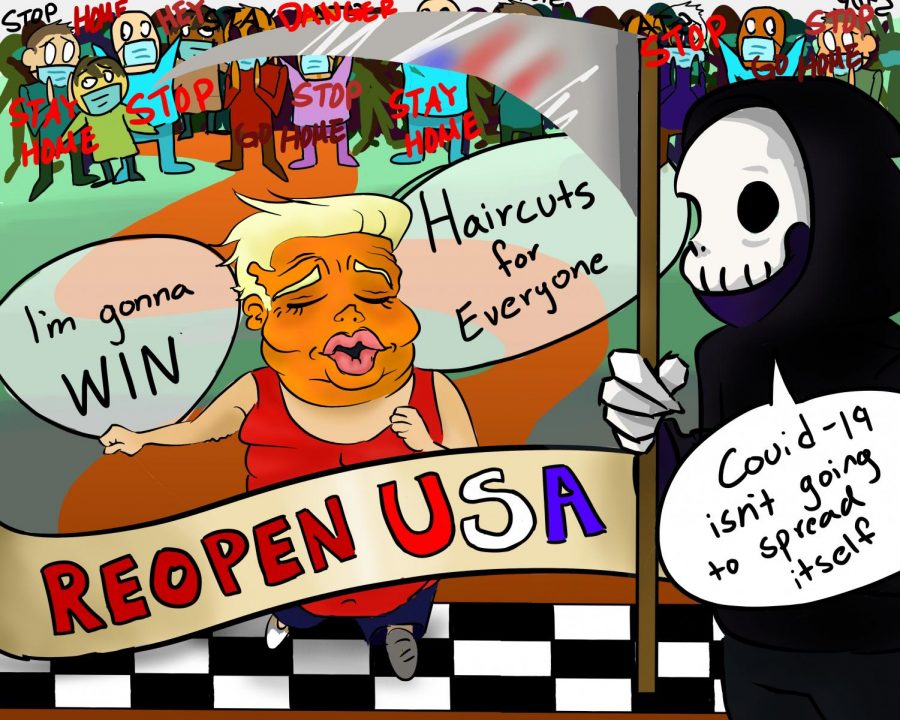

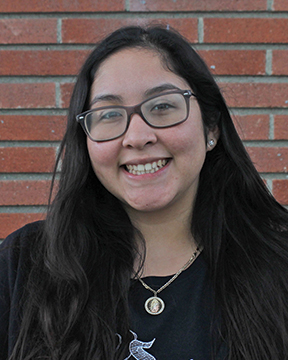
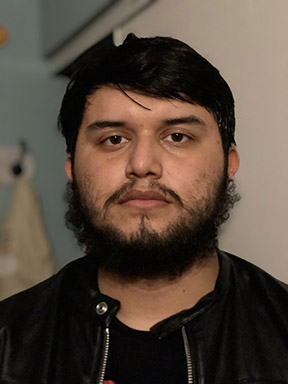
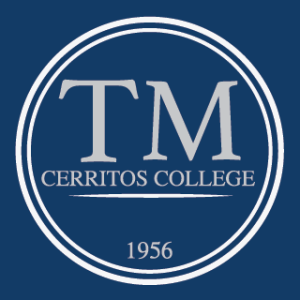
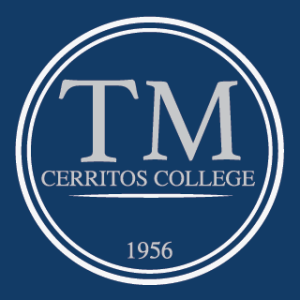

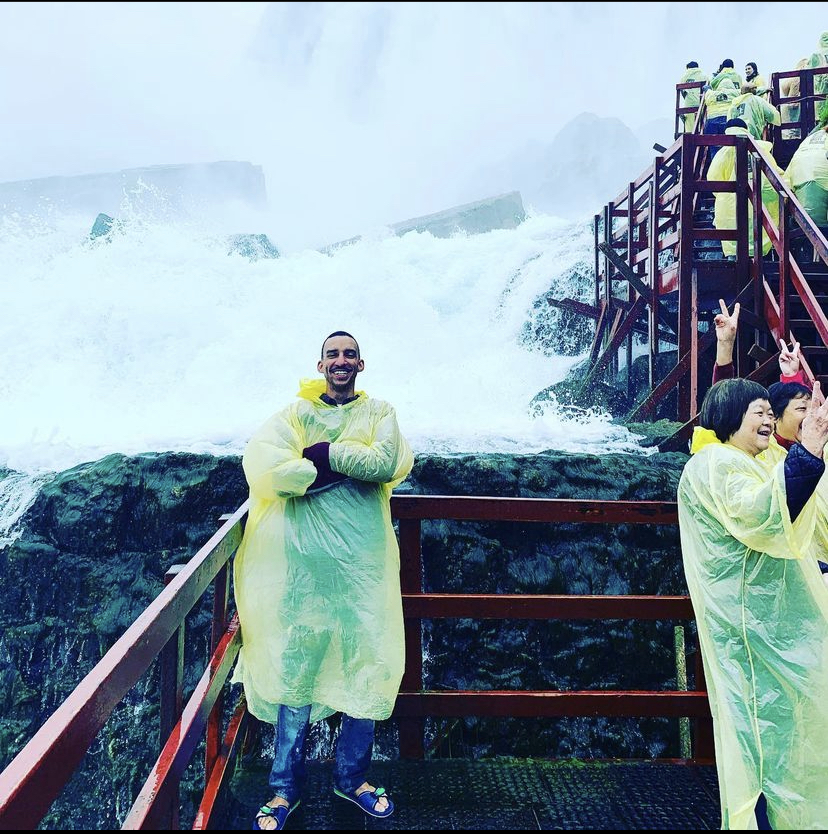
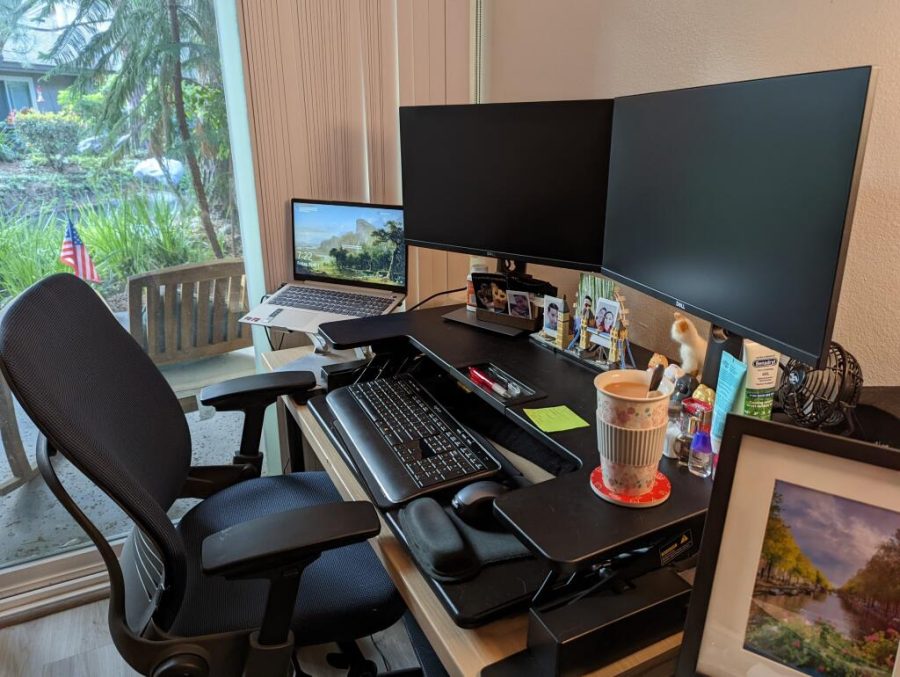
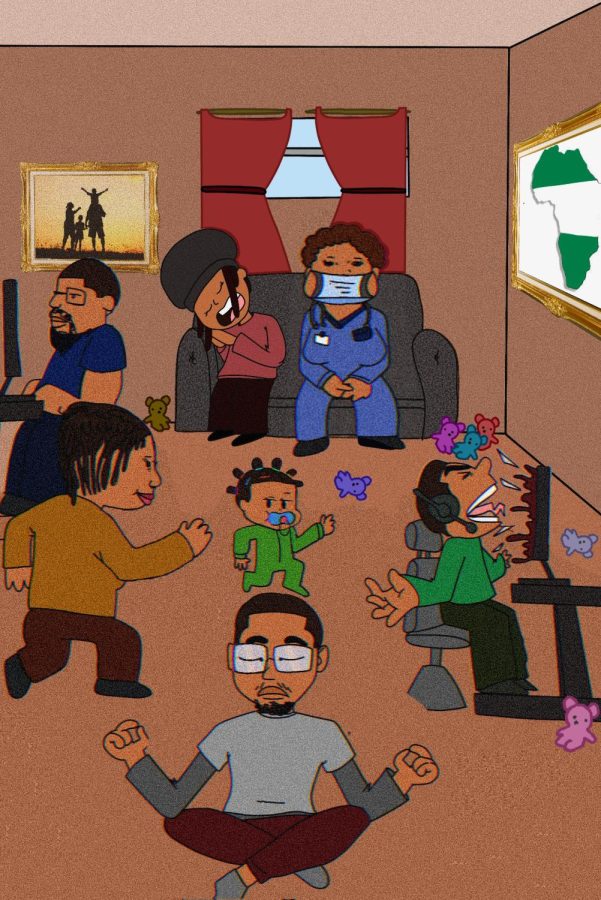
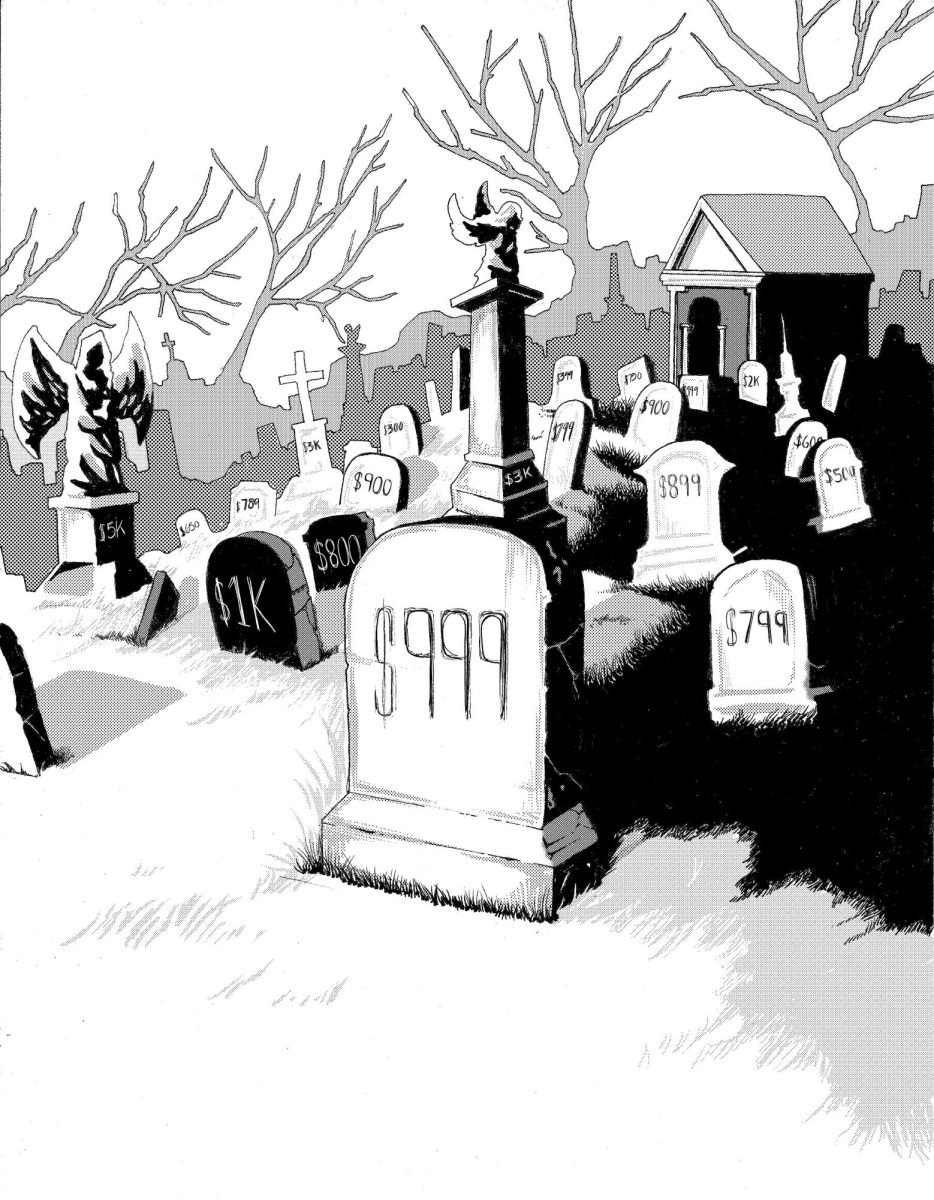
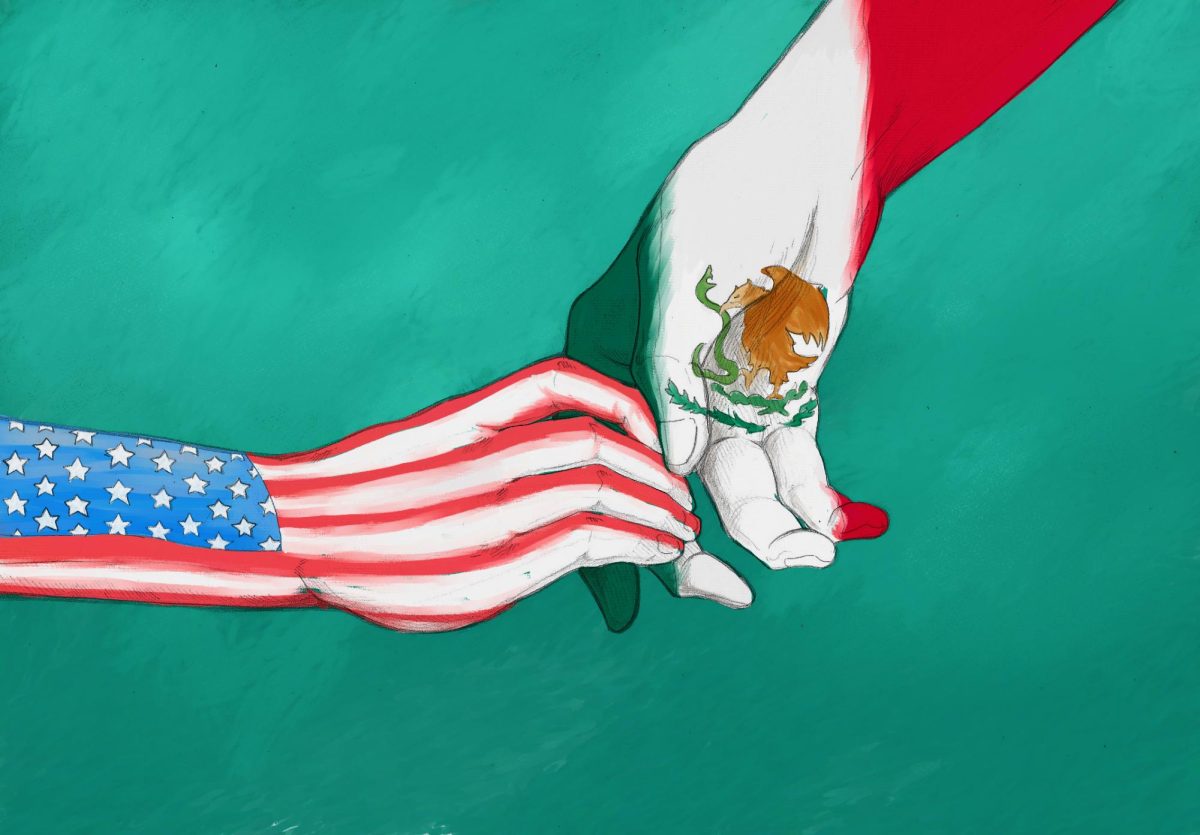
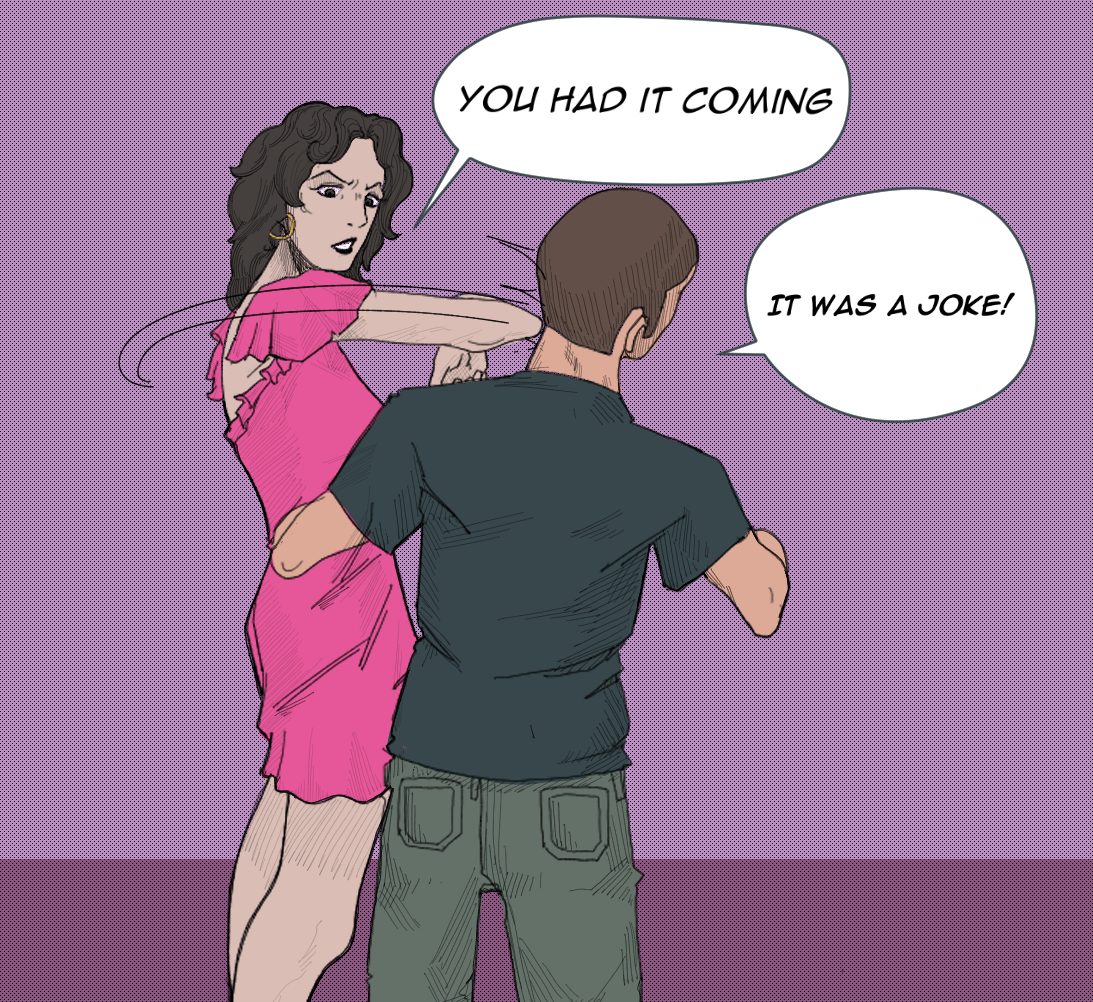

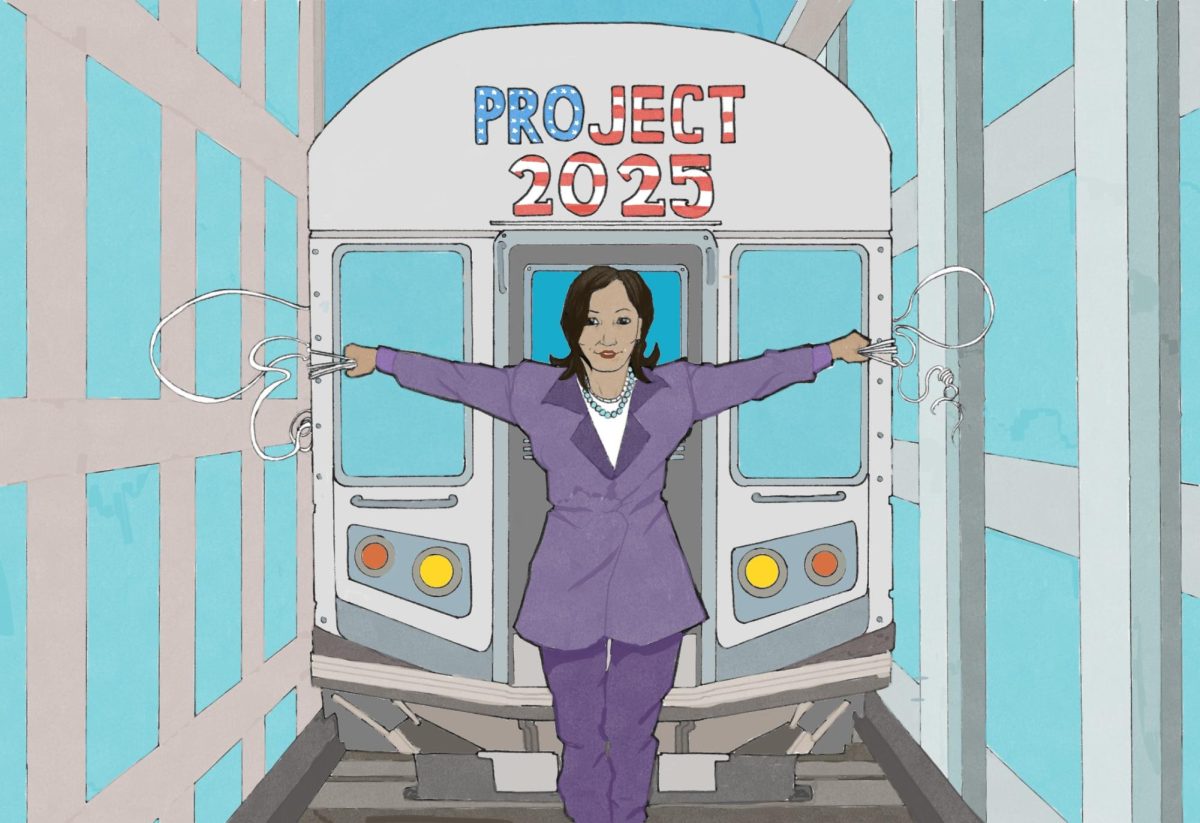
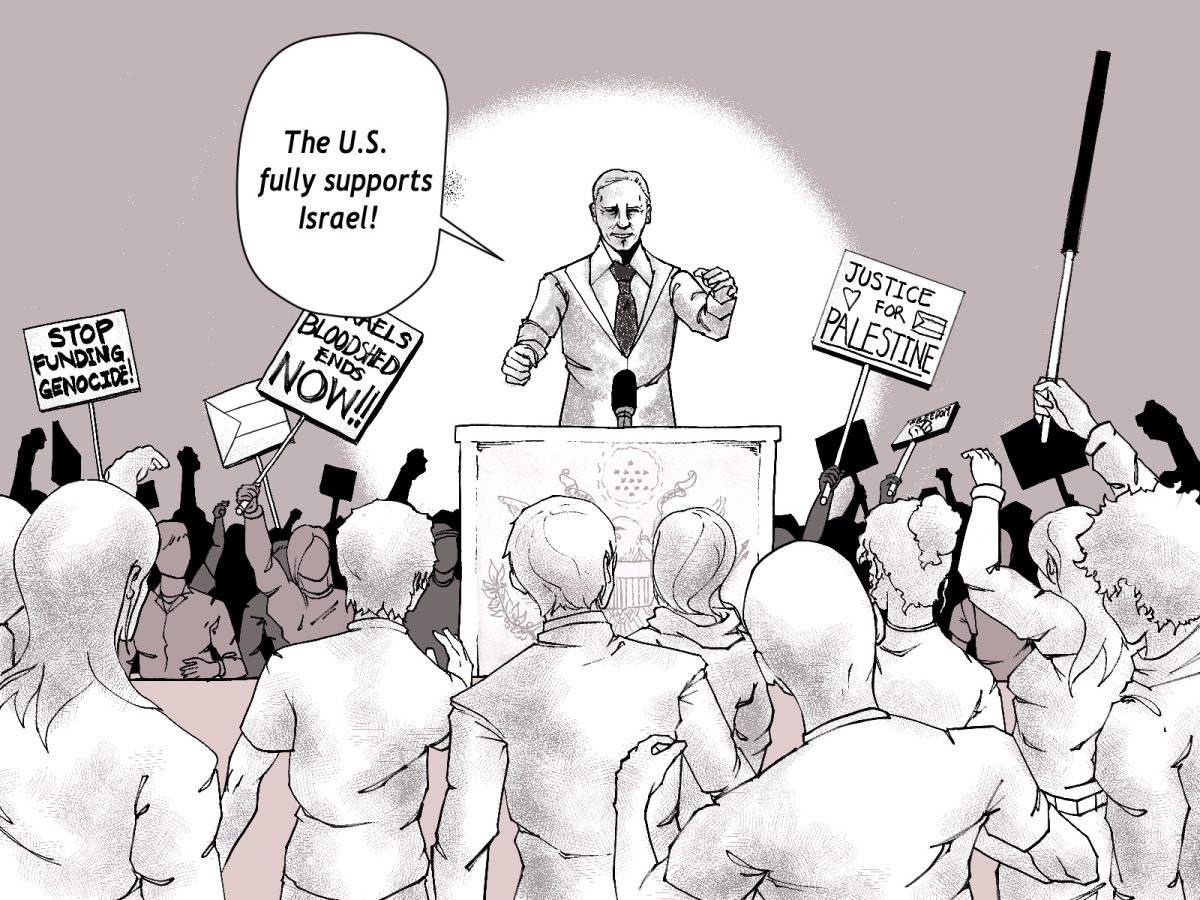
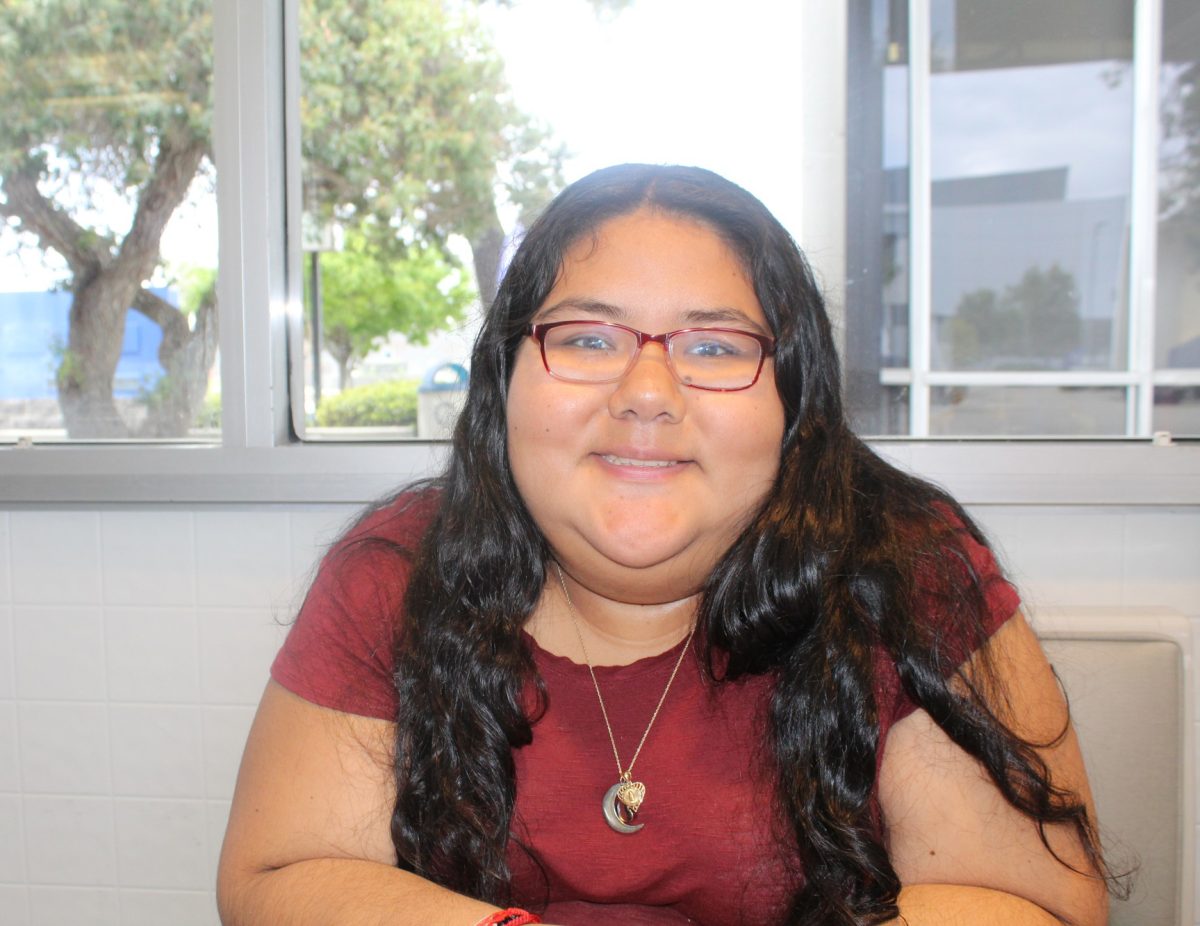
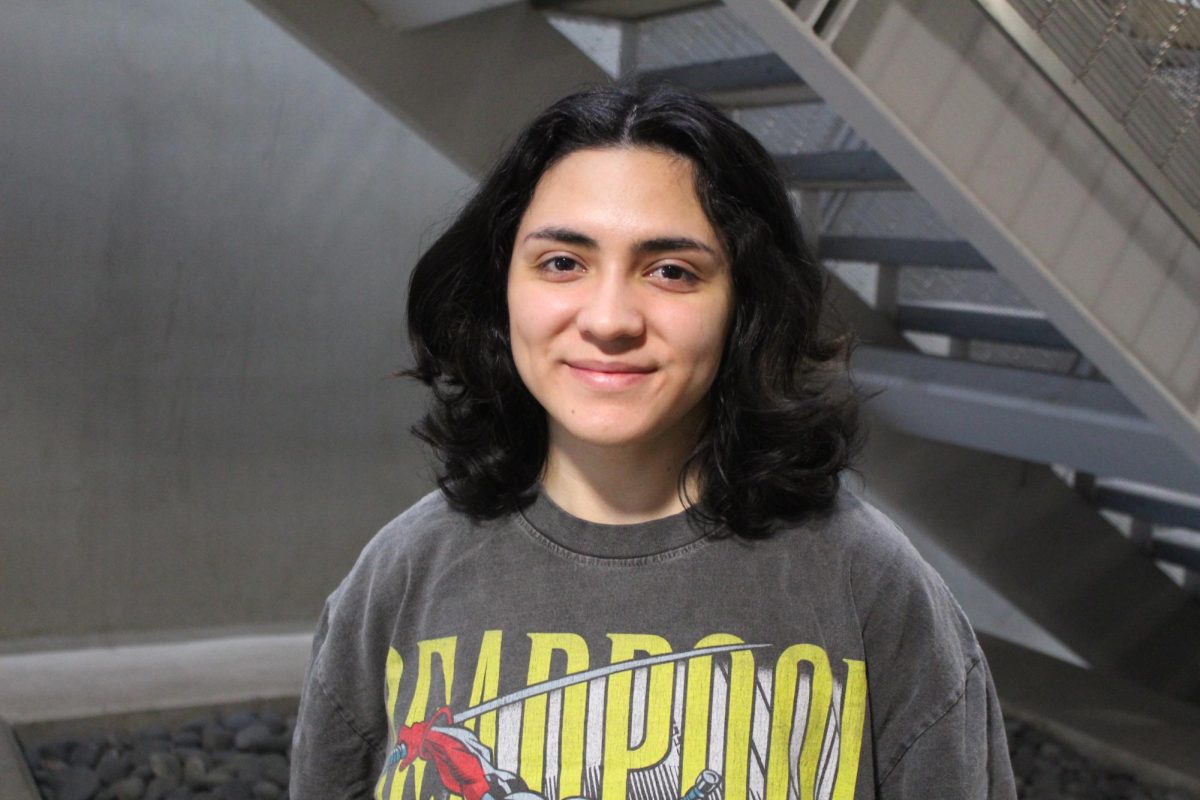
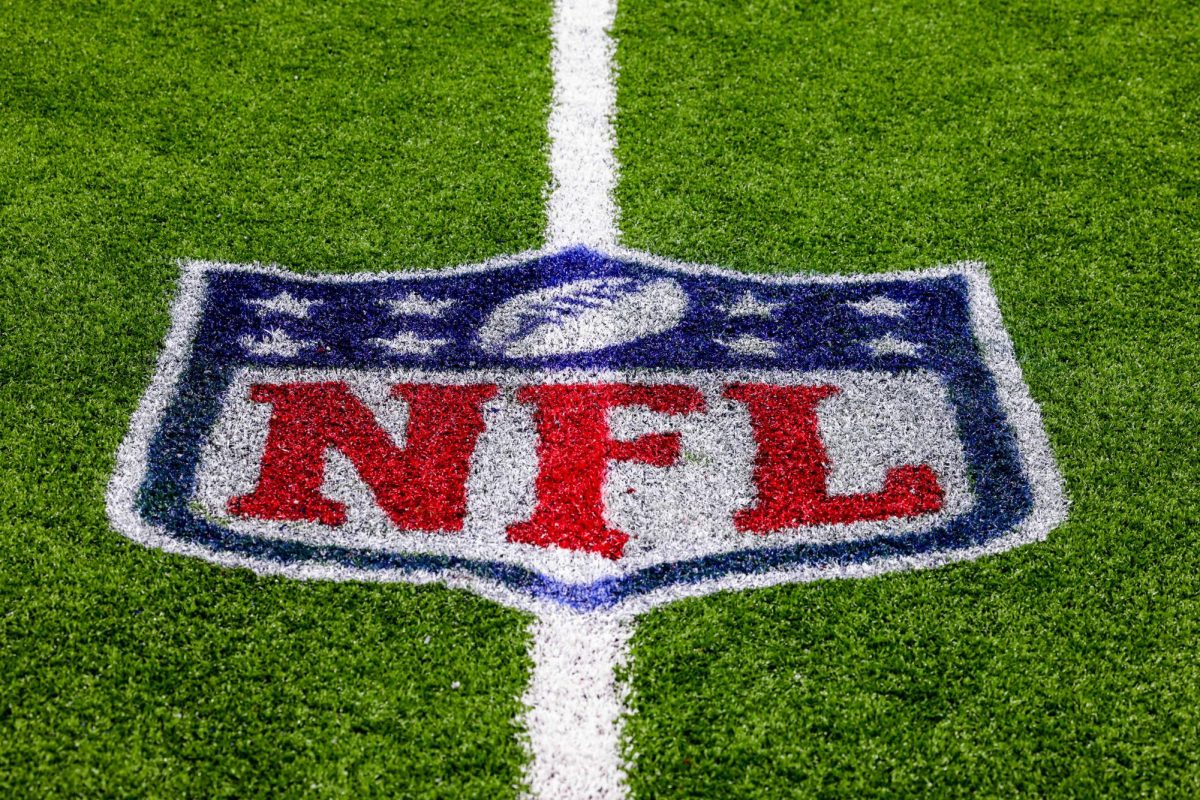
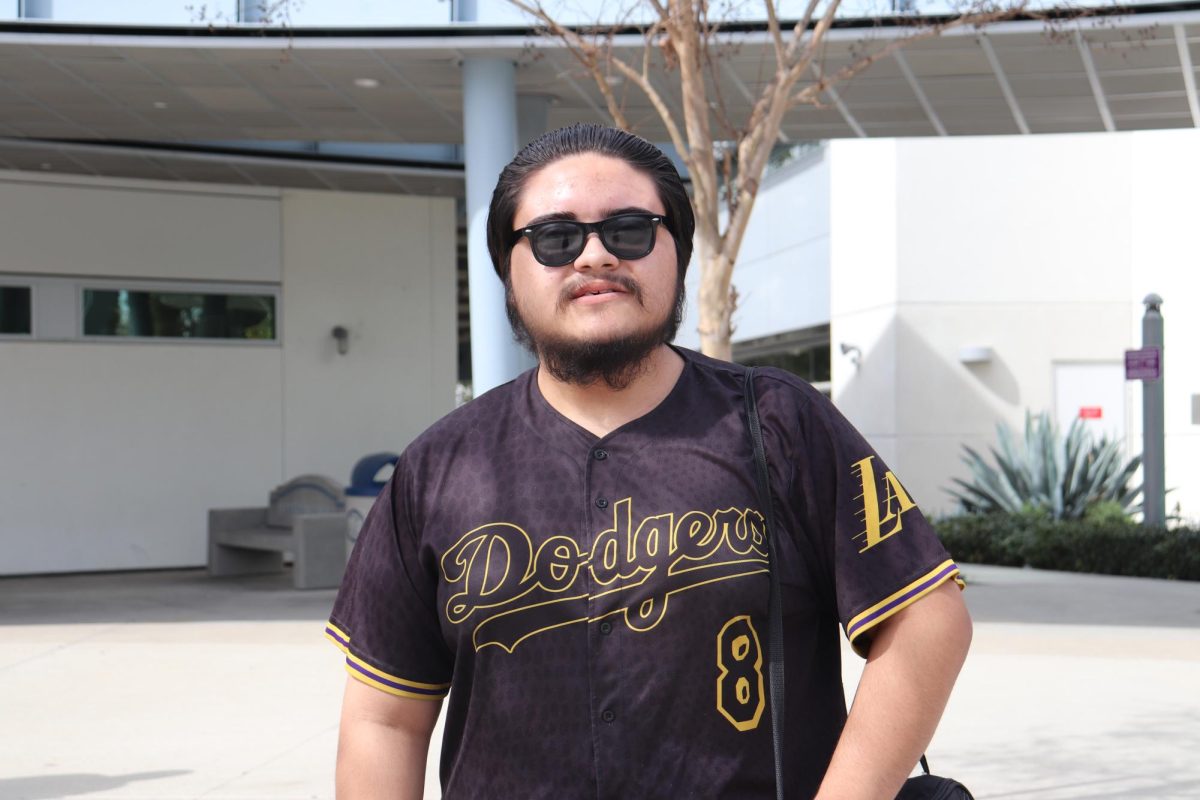
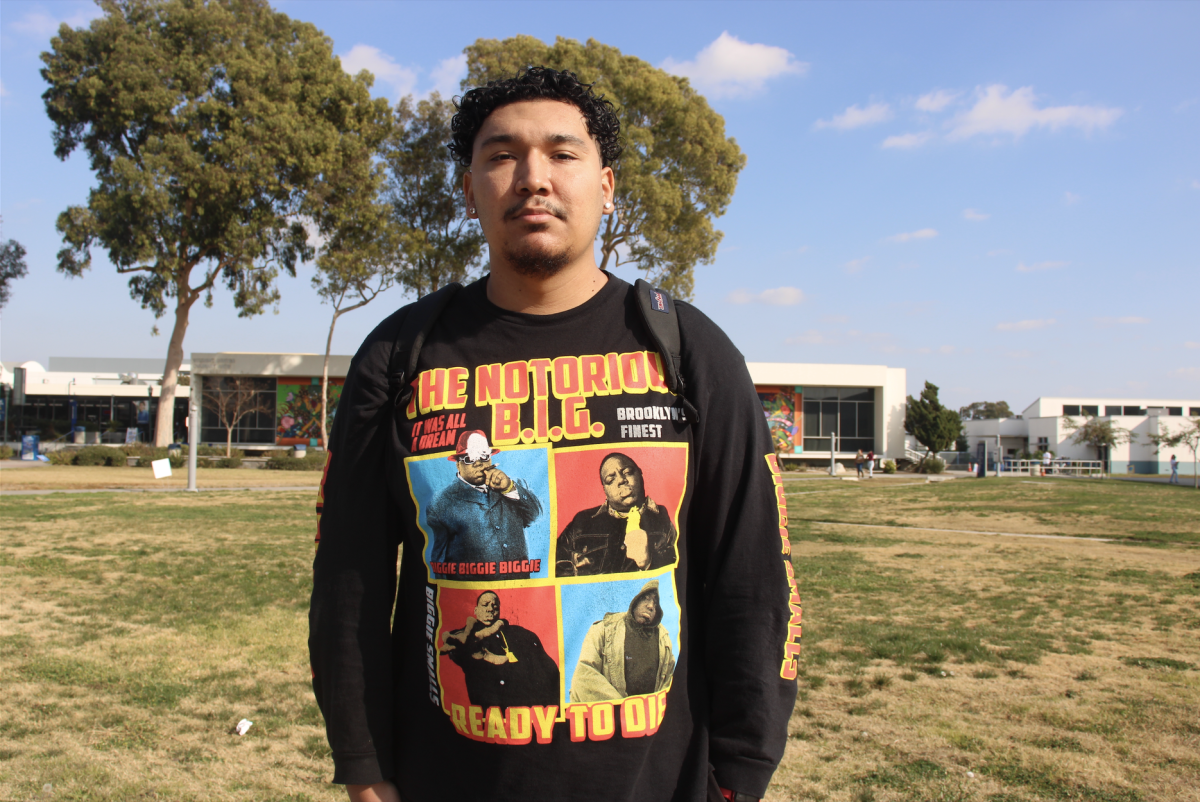

Allen Forsythe • May 5, 2020 at 8:41 pm
Media erupt over Trump comments on disinfectant and sunlight to cure coronavirus: Here’s what he said:
President Trump, in his White House coronavirus task force briefing Thursday, appeared to suggest that light and disinfectants might have the potential to treat the coronavirus — prompting a number of stories condemning the comments, others seeking to defend the president and a scathing tweet from presumptive Democratic presidential nominee Joe Biden.
The comments even prompted a statement from Reckitt Benckiser Group, the makers of Lysol, warning against improper use of disinfectant products.
“As a global leader in health and hygiene products, we must be clear that under no circumstance should our disinfectant products be administered into the human body (through injection, ingestion or any other route),” the company said. “As with all products, our disinfectant and hygiene products should only be used as intended and in line with usage guidelines. Please read the label and safety information.”
CORONAVIRUS: WHAT TO KNOW
Joe Biden

@JoeBiden
UV light? Injecting disinfectant?
Here’s an idea, Mr. President: more tests. Now. And protective equipment for actual medical professionals. https://twitter.com/atrupar/status/1253473530903179264 …
Aaron Rupar

@atrupar
Replying to @atrupar
Trump just mused about whether injecting humans with household disinfectants could treat coronavirus. Really. https://www.vox.com/2020/4/23/21233628/trump-disinfectant-injections-sunlight-coronavirus-briefing …
132K
5:41 PM – Apr 23, 2020
Twitter Ads info and privacy
40.6K people are talking about this
TRUMP, OFFICIALS SUGGEST CORONAVIRUS IS WEAKENED BY SUNLIGHT AND HUMIDITY
On Friday, the White House hit back at the media’s coverage, with Press Secretary Kayleigh McEnany saying in a statement: “President Trump has repeatedly said that Americans should consult with medical doctors regarding coronavirus treatment, a point that he emphasized again during yesterday’s briefing. Leave it to the media to irresponsibly take President Trump out of context and run with negative headlines.”
The president’s comments came after administration officials presented findings of a study that suggested increased heat, light and humidity in the summer could decrease the time it takes for the coronavirus to disperse on surfaces and in the air, and potentially slow the spread of the disease during the warmer months. They also said that isopropyl alcohol and bleach were highly effective in tests at killing the virus on surfaces — with bleach killing it in as few as five minutes and isopropyl alcohol doing so in just 30 seconds.
Trump then launched into the comments that drew the harsh backlash, including one Washington Post headline that read, “Trump asked if disinfectants could be injected to kill coronavirus inside the body. Doctors answered: ‘People will die.’”
Here’s what Trump said in his briefing exchanges with his administration experts and reporters.
Initial comments
After Bill Bryan, the head of the science and technology directorate at the Department of Homeland Security, presented the findings of the federal government’s study on sunlight, humidity and temperature’s effect on the coronavirus — as well as various disinfectants on the virus when it is on surfaces — Trump reacted to the comments.
“Question that probably some of you are thinking of if you’re totally into that world, which I find to be very interesting. So supposing we hit the body with a tremendous, whether it’s ultraviolet or just very powerful light. And I think you said that hasn’t been checked but you’re going to test it,” Trump said, looking over to Bryan.
DHS research reveals sunlight, heat and humidity slows COVID-19Video
BRET BAIER: PUBLIC SUPPORT FOR CORONAVIRUS RESTRICTIONS SHOWS ‘THERE’S STILL A LOT OF FEAR OUT THERE’
“And then I said, supposing you brought the light inside the body, which you can do either through the skin or in some other way. And I think you said you’re gonna test that, too. Sounds interesting, right?”
He continued: “And then I see the disinfectant where it knocks it out in a minute. One minute. And is there a way we can do something like that by injection inside or, or almost a cleaning? Because you see it gets on the lungs and it does a tremendous number, so it will be interesting to check that. So that you’re going to have to use medical doctors. But it sounds, it sounds interesting to me. So we’ll see.
“But the whole concept of the light, the way it kills it in one minute, that’s, that’s pretty powerful.”
Follow-up question
After Trump’s initial comments, in which he did suggest there might be a way to “do something like that by injection inside or, or almost a cleaning” after changing the topic from light to disinfectants but made clear it was not a definitive recommendation and said “medical doctors” should be involved in any tests, a reporter asked Bryan to clarify what the president said.
“The president mentioned the idea of a cleaner. Is the bleach and isopropyl alcohol he mentioned, there’s no scenario that could be injected into a person, is there?” the reporter asked.
“No, I’m here to talk about the findings that we had in the study. We don’t do that within that lab, at our labs,” Bryan responded.
Trump then jumped in with further comments.
“We’re talking about almost a latent sterilization of an area. Maybe it works, maybe it doesn’t work, but it certainly has a big effect if it’s on a stationary object,” Trump said, not explicitly disavowing the possibility using disinfectants to treat humans, which has been roundly declared dangerous by medical experts and makers of such products.
Subsequent comments
After multiple questions on other topics, Trump then turned a query from a reporter about why places like Florida, which have higher heat and humidity than other parts of the country, are still seeing significant numbers of coronavirus cases to the topic of potentially treating people.
“I mean, there’s been a rumor that, you know, a very nice rumor that you go outside in the sun or you have heat and it does have an effect on other viruses,” Trump said referencing previous speculation that factors like heat, light and humidity in the summer could lead to a decrease — though not an entire stoppage — in coronavirus cases.
President Donald Trump listens as Bill Bryan, head of science and technology at the Department of Homeland Security, speaks about the coronavirus in the James Brady Press Briefing Room of the White House, Thursday, April 23, 2020, in Washington. (AP Photo/Alex Brandon)
President Donald Trump listens as Bill Bryan, head of science and technology at the Department of Homeland Security, speaks about the coronavirus in the James Brady Press Briefing Room of the White House, Thursday, April 23, 2020, in Washington. (AP Photo/Alex Brandon)
CDC CHIEF CONTRADICTS TRUMP ON MISQUOTING CHARGE OVER VIRUS REBOUND
“But now we get it from one of the great laboratories of the world. I have to say, it covers a lot more territory than just this. This is, this is probably an easy thing, relatively speaking, for you,” Trump said, looking off to his right toward some of his administration’s experts who were at the briefing.
“I would like you to speak to the medical doctors to see if there’s any way that you can apply light and heat to cure. You know, if you could and maybe you can, maybe you can’t. Again, I say maybe you can. Maybe you can’t. I’m not a doctor. I’m like a person that has a good you know what,” Trump said, pointing toward his head then looking over to Dr. Deborah Birx. “You ever, have you ever heard of that? The heat and the light relative to certain viruses? Yes, but relative to this virus?”
“Not as a treatment,” Birx responded from off to the side, appearing to choose her words carefully. “I mean certainly fever is a good thing when you a fever it helps your body respond. But not as, I’ve not seen heat or light.”
“I think it’s a great thing to look at. I mean, you know,” Trump responded.
Trump defends himself
Immediately after the exchange with Birx, which did not include talk about hazardous treatments using disinfectants, a reporter challenged Trump on his speculation about potential coronavirus cures.
“Respectfully sir, you’re the president and people tuning into these briefings they want to get information and guidance and want to know what to do. They’re not looking for rumors,” the reporter said.
Trump
“I’m the president and you are fake news. And you know what I’ll say to you? I’ll say it very nicely,” Trump said. “You ready? It’s just a suggestion from a brilliant lab by a very, very smart, perhaps brilliant man. He’s talking about sun. He’s talking about heat. And you see the numbers. So that’s it. That’s all I have. I’m just here to present talent. I’m here to present ideas because we want ideas to get rid of this thing. And if he does good and if sunlight is good, that’s a great thing as far as I’m concerned.”
Trump, in his response, appeared to take Bryan’s findings, which did not mention using light as a treatment for humans but rather a factor that could mitigate the coronavirus’ spread over the summer, out of context to support his suggestion that light could be used to fight the coronavirus in infected individuals. The exchange between Trump and the reporter, like Trump’s exchange with Birx, did not mention hazardous cleaning products as a prospective treatment as Trump did earlier in the briefing.
Light to fight the coronavirus’ spread?
Ultraviolet light can harm cells, which is why more sunlight over the summer could presumably help slow the spread of the coronavirus. But it harms human cells as well, meaning the intentional use of man-made ultraviolet light is not considered a serious option for treating the coronavirus.
But a certain type of it could be used, according to one Columbia University researcher, in public buildings to kill the virus before it infects people in the first place. David Brenner, the director of Columbia’s Center for Radiological Research said in a story released on the university’s website that “far-UVC,” a kind of ultraviolet light that is not harmful to humans, could be used to kill “airborne viruses minutes after they’ve been breathed, coughed or sneezed into the air.”
“Far-UVC light has the potential to be a ‘game changer,’” Brenner said, according to the story. “It can be safely used in occupied public spaces, and it kills pathogens in the air before we can breathe them in.”
Brenner said that he has used that type of light to eradicate other viruses before and is currently testing it on the novel coronavirus. He noted, however, that the light is not a treatment for sick people as Trump suggested, but instead a way to prevent people from getting sick in the first place.
“Far-UVC takes a fundamentally different tactic in the war against COVID-19,” he said. “Most approaches focus on fighting the virus once it has gotten into the body. Far-UVC is one of the very few approaches that has the potential to prevent the spread of viruses before they enter the body.”
Tyler Olson covers politics for FoxNews.com.
Allen Forsythe • May 5, 2020 at 6:34 pm
FYI
Primary Menu
National Review
LAW & THE COURTS
Justice Department Intervenes against Northam’s Communal Worship Restrictions
By ANDREW C. MCCARTHY
May 4, 2020 12:27 PM
Virginia Governor Ralph Northam, accompanied by his wife Pamela Northam, announces he will not resign during a news conference in Richmond, Va., February 2, 2019. (Jay Paul/Reuters)
The Virginia restrictions run afoul of the First Amendment.
‘There is no pandemic exception to the Constitution and its Bill of Rights.” That, yet again, was the Justice Department’s message as it intervened on Sunday on the side of a Virginia church, which is suing Governor Ralph Northam’s lockdown against communal worship.
As I related back in April (here and here), Attorney General Bill Barr has admonished states and municipalities that the Justice Department stands ready to take action against social-distancing edicts that unduly restrict fundamental constitutional rights. The DOJ’s Civil Rights Division has been paying particular attention to restrictions on the free exercise of religion — specifically, heavy restrictions or outright bans on communal worship.
A number of governors and mayors, particularly in blue states and cities, have decreed that, in their considered opinion, religious observance is not sufficiently “essential” to be indulged while the authorities are trying to stop the spread of COVID-19, the potentially lethal infectious disease caused by the novel coronavirus. State and municipal executives are relying on their emergency powers to dictate draconian restrictions (i.e., these are
We need not speculate whether insufficient weight has been accorded the Constitution in the fashioning of various prohibitions on worship, work, and assembly. As New Jersey governor Phil Murphy smugly put it when questioned by Fox’s Tucker Carlson, the Constitution is “above my pay grade,” so “I wasn’t thinking of the Bill of Rights when we did this.” His Honor was relying on a purportedly higher authority: “scientists.”
The U.S. attorney general has countered that federal constitutional law is dispositive on this subject. Consequently, it is not the burden of Americans to prove that the exercise of their fundamental rights is “essential”; the burden is on the state to demonstrate that the right in question cannot be exercised safely under any conditions less severe than those the state is imposing.
While no one questions that the state has a compelling interest in preventing the spread of infectious disease, its restrictions on fundamental rights, such as communal worship, must be the least restrictive means practically available. The state must pursue its legitimate public-safety goal while remaining solicitous of the rights that governments are created to protect. If the state social-distancing restrictions are capricious or discriminatory, in their letter or in the way they are enforced, they are unconstitutional. That is, if the state is permitting social interaction for commercial or other purposes, but denying similar social interaction in religious exercise, it is perforce not using the least restrictive means to regulate First Amendment-protected activity.
In the Virginia case, the Justice Department’s submission notes that the Lighthouse Fellowship Church in Chincoteague Island specializes in serving the socioeconomically disadvantaged. These include recovering drug addicts and former prostitutes who do not have easy Internet access to stream services. For many congregants, the church community is the only family they have. In the church, which can seat 225, the pastor was conducting services for 16 people. This enabled physical separation between worshippers well in excess of social-distancing guidelines touted by our esteemed scientists. Yet, it violated Governor Northam’s prohibition on religious gatherings of more than ten people. The pastor has been threatened with arrest, imprisonment for up to a year, and a $2,500 fine.
By contrast, Northam permits the operation of non-retail businesses offering professional services. A law or accounting firm, for example, faces no restrictions on conference room meetings at which people may be crowded together considerably closer than they are in the church. Virginia also permits the operation of retail businesses (e.g., liquor stores, building-supply retailers, dry cleaners), at which customers pass each other and transact business at close quarters.
The Justice Department acknowledges that, in its 1905 Jacobson v. Massachusetts decision, the Supreme Court ruled that a state may quarantine people against their will if there is a factual basis to believe they would otherwise spread an infectious disease (in that case, yellow fever). In 1944, the Court explicitly stated in Prince v. Massachusetts that “the right to practice religion freely does not include the liberty to expose the community . . . to communicable disease.” Consequently, in a recent case involving Texas’s social-distancing measures, the Fifth Circuit U.S. Court of Appeals construed the High Court’s precedents to “allow the state to restrict, for example, one’s right to peaceably assemble, to publicly worship, to travel, and even to leave one’s home.”
Nevertheless, Jacobson and its progeny make clear that the power to regulate is not the end of the matter. When there is a “plain, palpable invasion” of fundamental liberties, a court must act if the measure in question has no real or substantial relation to public health, or if it is enforced in a discriminatory manner. In Church of Lukumi Babalu Aye v. Hialeah (1993), the Supreme Court put it this way: “The principle that government, in pursuit of legitimate interests, cannot in a selective manner impose burdens only on conduct motivated by religious belief is essential to the protection of the rights guaranteed by the Free Exercise Clause.”
Obviously, Northam’s rules impose selective burdens on religious exercise. The Justice Department is not saying that a state could never ban gatherings of more than ten people. Nor is it saying that courts should second-guess the wisdom of policies put in place by political officials accountable to the people who elected them. It is simply saying that the Constitution forbids a state from subjecting religion to more burdensome restrictions than it imposes on other activities.
The Virginia restrictions run afoul of the First Amendment. Likely, that is why the state has not tried to defend them in court. Moreover, the Justice Department points out that the Sixth Circuit U.S. Court of Appeals on Saturday granted an injunction against similarly capricious restrictions that Democratic governor Andy Beshear has attempted to enforce in Kentucky.
The federal district court in Virginia should follow the Sixth Circuit’s lead. In the unlikely event it does not, the church, as supported by the Justice Department, should prevail if it appeals to the Fourth Circuit. Hopefully things will not get that far. Governor Northam should back down. And state and municipal executives should stop thinking of the Constitution as above their pay grade — when they think about it at all.
ANDREW C. MCCARTHY is a senior fellow at National Review Institute, an NR contributing editor, and author of BALL OF COLLUSION: THE PLOT TO RIG AN ELECTION AND DESTROY A PRESIDENCY. @andrewcmccarthy